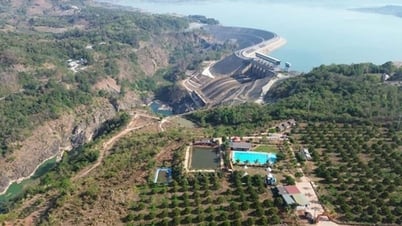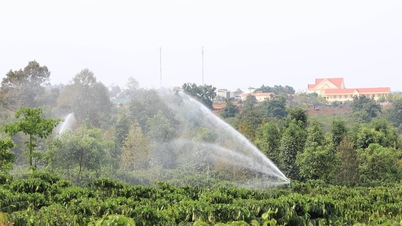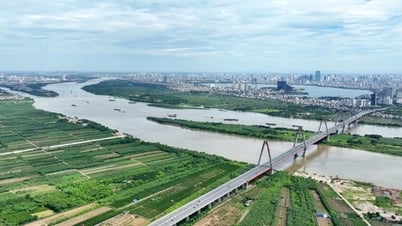SGGP
At least 43 million children have been displaced globally due to climate-related extreme weather events in the past six years, equivalent to 20,000 children forced from their homes and schools every day.
The numbers speak for themselves.
Children accounted for one-third of the 135 million internal displacements globally linked to more than 8,000 weather-related disasters between 2016 and 2021, according to analysis by the United Nations Children's Fund (UNICEF) and the Internal Displacement Monitoring Centre (IDMC).
Floods and storms alone displaced 95% of them during this period. The remainder – more than 2 million children – were displaced by bushfires and drought. Forced displacement is traumatic regardless of age, but the consequences can be particularly devastating for children, depriving them of education, health care and social security.
China, the Philippines and India have a combined 22.3 million children displaced from their homes as their countries are vulnerable to extreme weather events such as rains, storms and cyclones. But in terms of population, island nations have the highest proportion of children displaced by the climate emergency, followed by the Horn of Africa, where conflict and natural disasters are common.
Specifically, 76% of children were displaced on the small Caribbean island of Dominica, which was devastated by Hurricane Maria in 2017. The Category 4 storm damaged 90% of homes on the island. The storm also displaced more than a quarter of children in Cuba, Vanuatu, Saint Martin and the Northern Mariana Islands. Somalia and South Sudan had the highest number of children displaced by flooding, with 12% and 11% of their child population, respectively.
Meanwhile, 1.3 million children have been displaced by drought, with Somalia, Ethiopia and Afghanistan the worst affected. Even in wealthy countries, children are not immune to natural disasters. The US accounts for three-quarters (610,000 of the 810,000) of children displaced by wildfires globally, with more than half of the remainder in Canada, Israel, Türkiye and Australia.
Need to pay more attention to children
These figures are certainly undercounted due to major reporting gaps and other slower-onset climate change impacts, such as rising sea levels, desertification and rising temperatures.
These figures are likely to be just the tip of the iceberg for some of the impacts of climate change, said Verena Knaus, UNICEF’s head of global migration and displacement. Climate change is the fastest growing cause of child displacement, but most climate finance policies and discussions do not consider or prioritize children, she said.
Adeline Neau, a researcher at Amnesty International, said the figures on child displacement were extremely worrying, highlighting the urgent need for countries to recognise and plan for the links between climate change and displacement, in order to minimise the long-term health,education and other developmental impacts on displaced children.
Source


![[Photo] Prime Minister Pham Minh Chinh chairs meeting on science and technology development](https://vphoto.vietnam.vn/thumb/1200x675/vietnam/resource/IMAGE/2025/5/17/ae80dd74c384439789b12013c738a045)
![[Photo] Readers line up to visit the photo exhibition and receive a special publication commemorating the 135th birthday of President Ho Chi Minh at Nhan Dan Newspaper](https://vphoto.vietnam.vn/thumb/1200x675/vietnam/resource/IMAGE/2025/5/17/85b3197fc6bd43e6a9ee4db15101005b)


![[Photo] More than 17,000 candidates participate in the 2025 SPT Competency Assessment Test of Hanoi National University of Education](https://vphoto.vietnam.vn/thumb/1200x675/vietnam/resource/IMAGE/2025/5/17/e538d9a1636c407cbb211b314e6303fd)





























![[Photo] Nearly 3,000 students moved by stories about soldiers](https://vphoto.vietnam.vn/thumb/1200x675/vietnam/resource/IMAGE/2025/5/17/21da57c8241e42438b423eaa37215e0e)




































































Comment (0)